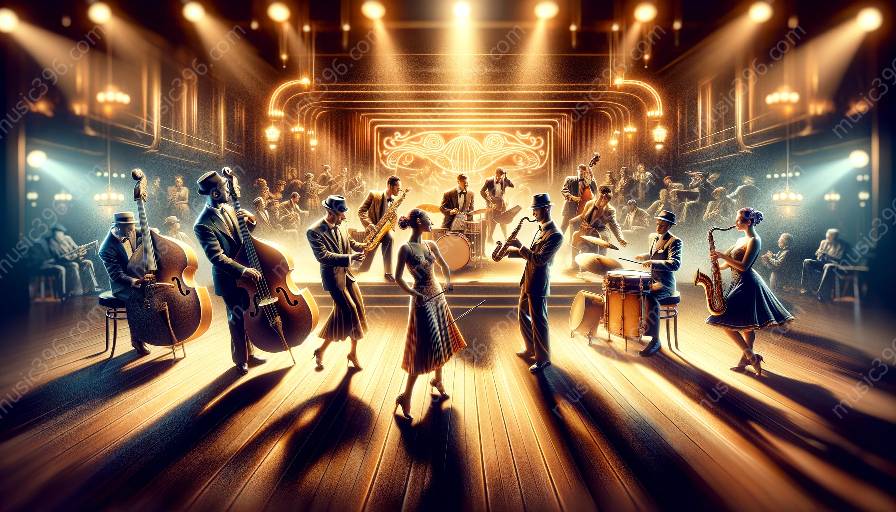Swing music is renowned for its infectious rhythm, lively melodies, and captivating performances. At the heart of this vibrant genre lies the art of improvisation. This article delves into the essential role of improvisation in swing music, exploring its origins, impact, and techniques that have shaped the genre's iconic sound.
The Origins of Improvisation in Swing Music
Improvisation has been a fundamental component of swing music since its inception. Emerging in the early 20th century, swing music was deeply rooted in African American culture, with elements of blues and ragtime infusing the genre with raw emotion and expressive spontaneity. Musicians would often engage in impromptu improvisation during live performances, adding a sense of unpredictability and individuality to their music.
The Impact of Improvisation on Swing Music
Improvisation played a pivotal role in shaping the evolution of swing music. It allowed for unique interpretations of melodies, solos, and harmonies, fostering a sense of freedom and creativity among performers. The improvisational nature of swing music not only captivated audiences but also influenced other music genres, paving the way for innovation and experimentation in the world of music.
Techniques of Improvisation in Swing Music
Swing musicians employ various techniques to master the art of improvisation. From spontaneous melodic variations to inventive rhythmic phrasing, improvisation in swing music requires a deep understanding of musical structure, harmonies, and dynamics. Musicians often engage in call-and-response patterns, trading licks and motifs with other band members, creating an electrifying interplay of improvisation that keeps the music fresh and dynamic.
The Evolution of Improvisation in Modern Swing Music
As swing music continued to thrive, the evolution of improvisation took on new forms, incorporating influences from bebop, cool jazz, and fusion styles. Contemporary swing musicians continue to push the boundaries of improvisation, blending traditional techniques with modern innovations to keep the genre relevant and exciting for new generations of music enthusiasts.
Conclusion
Improvisation remains a cornerstone of the timeless appeal of swing music. Its ability to infuse performances with spontaneity, creativity, and individual expression has solidified its place as an integral aspect of this beloved music genre. From the early days of jazz clubs to present-day concert halls, the art of improvisation continues to captivate audiences and inspire musicians, ensuring that the spirit of swing music lives on.












































